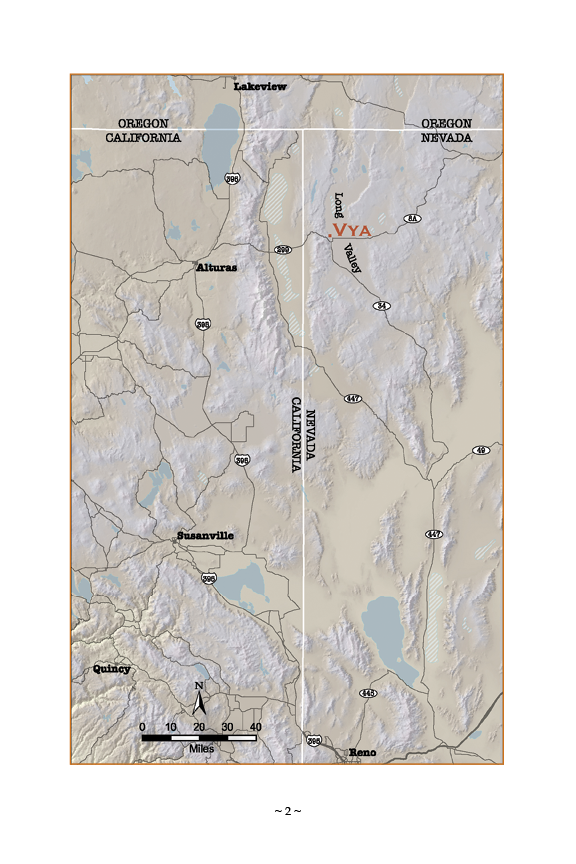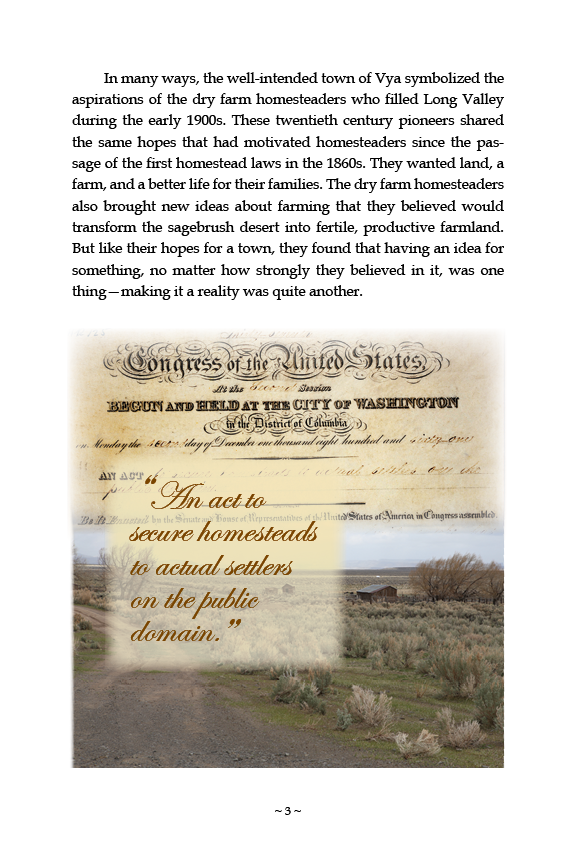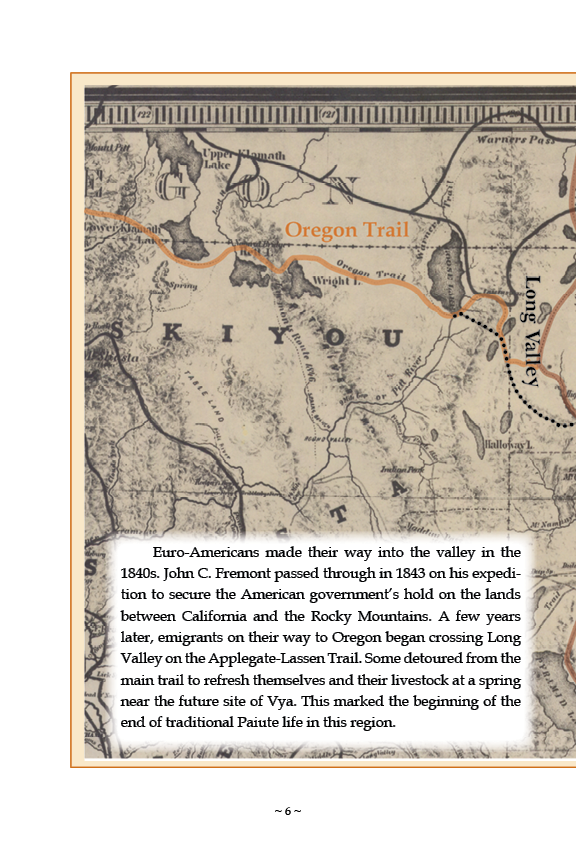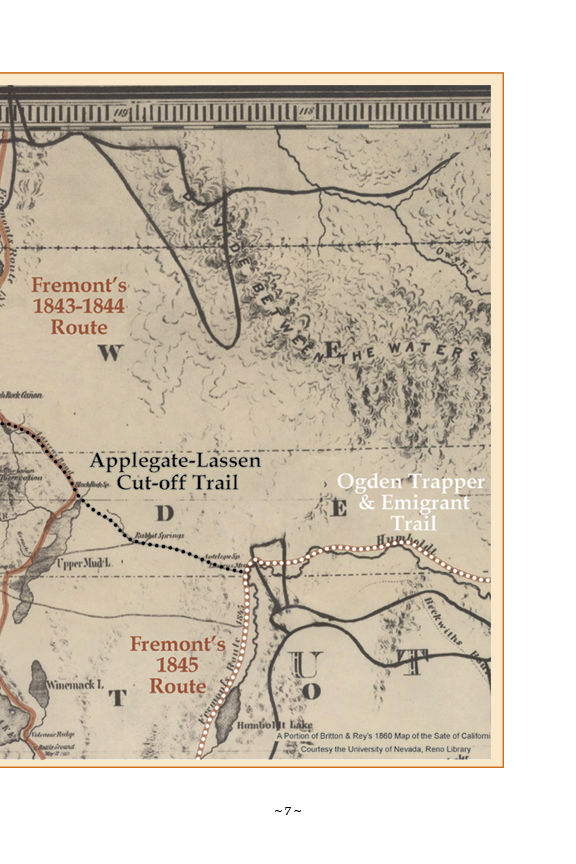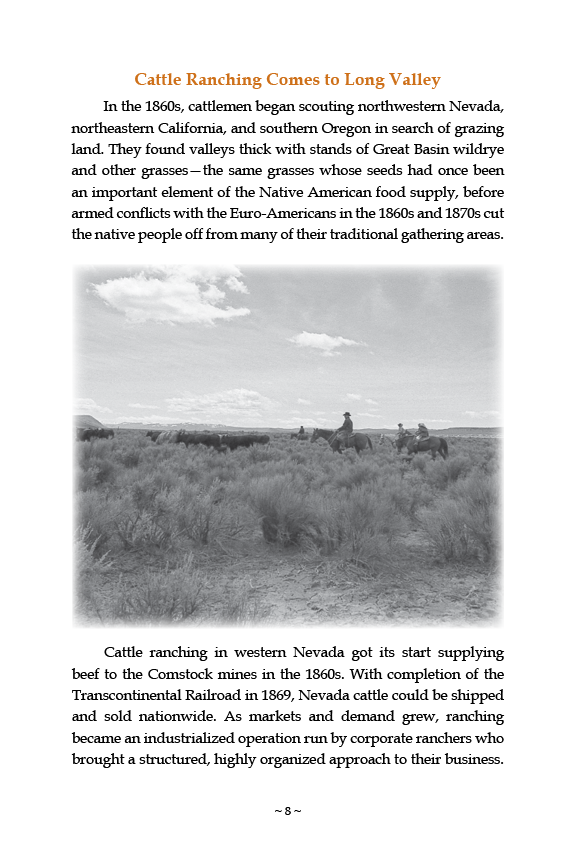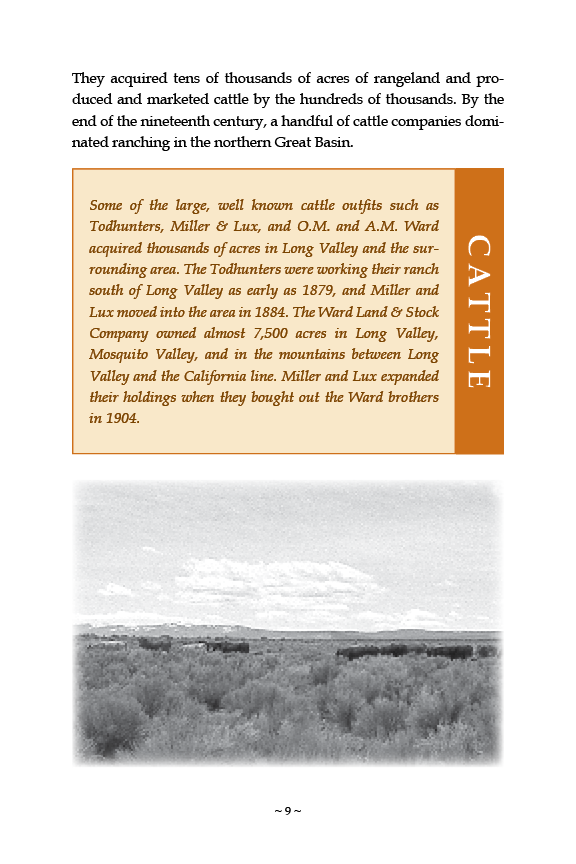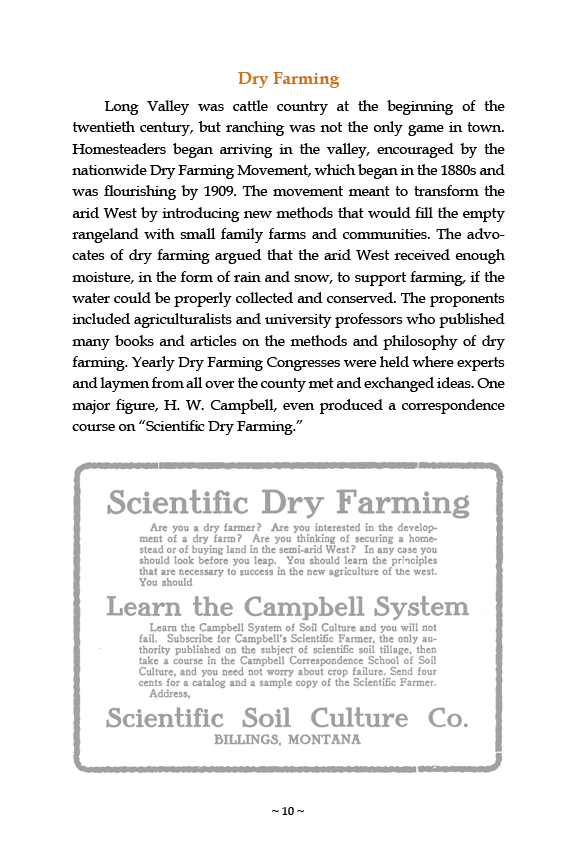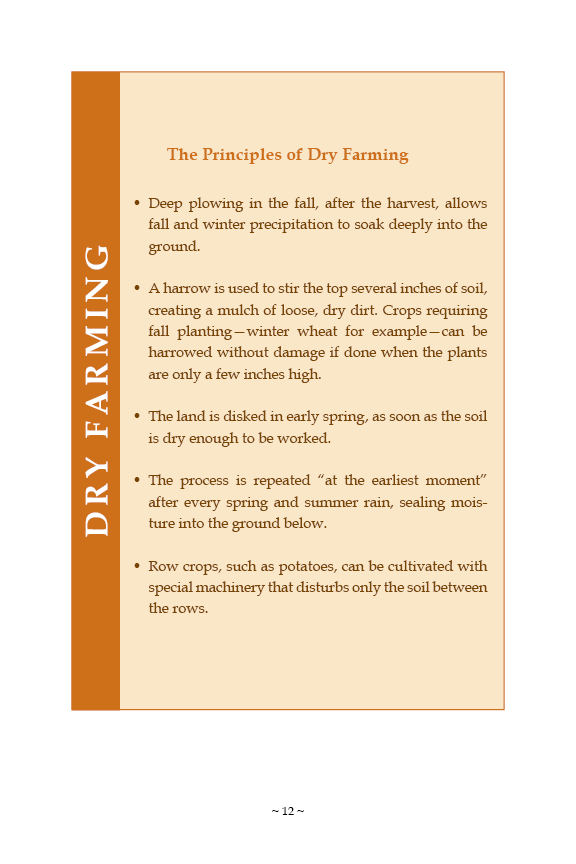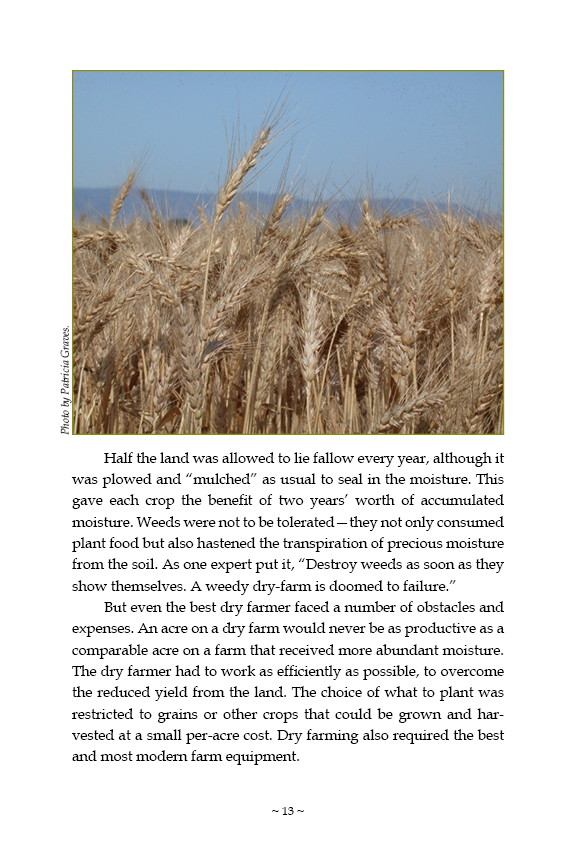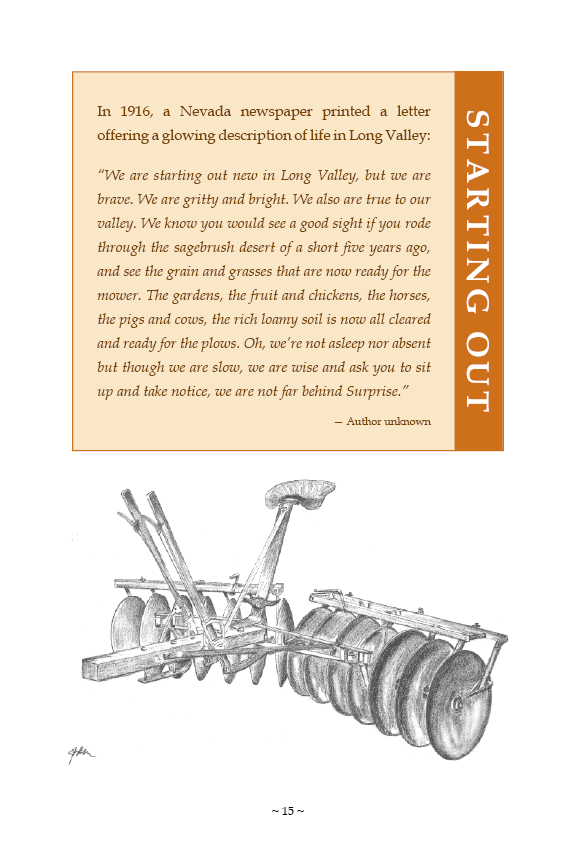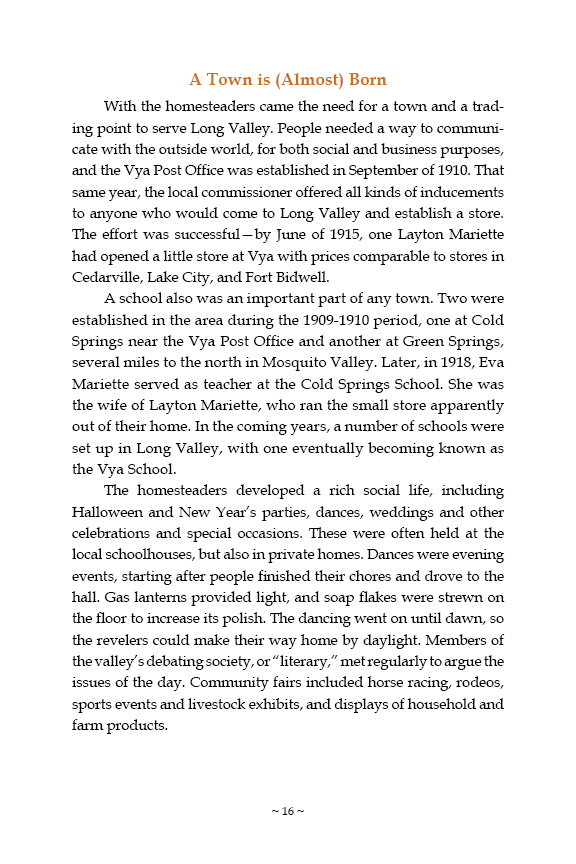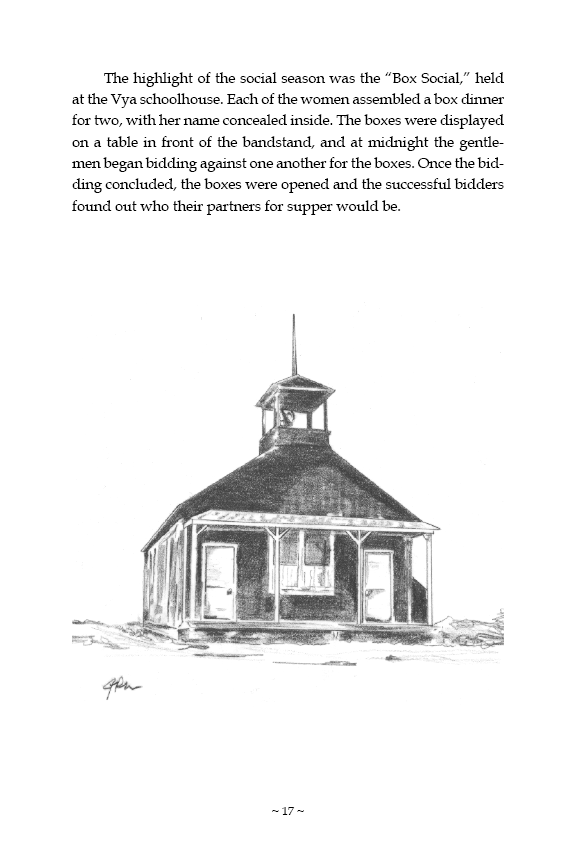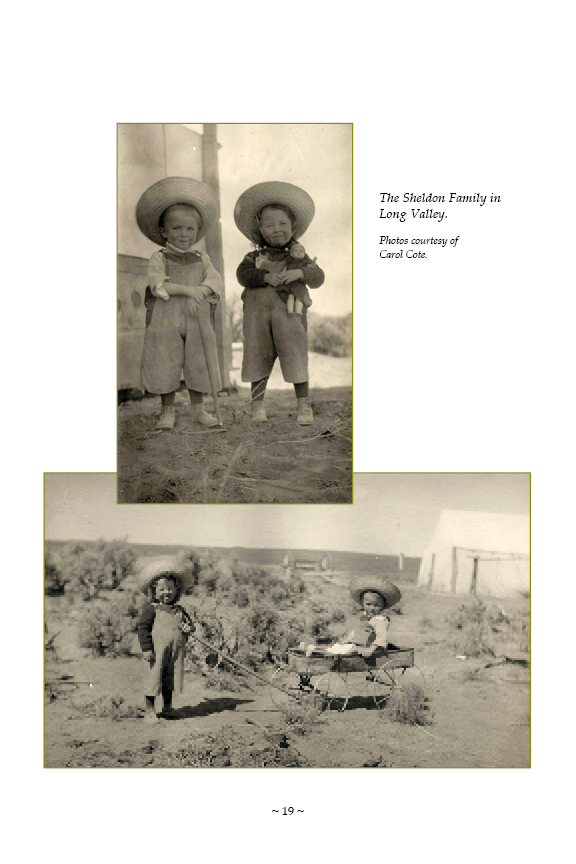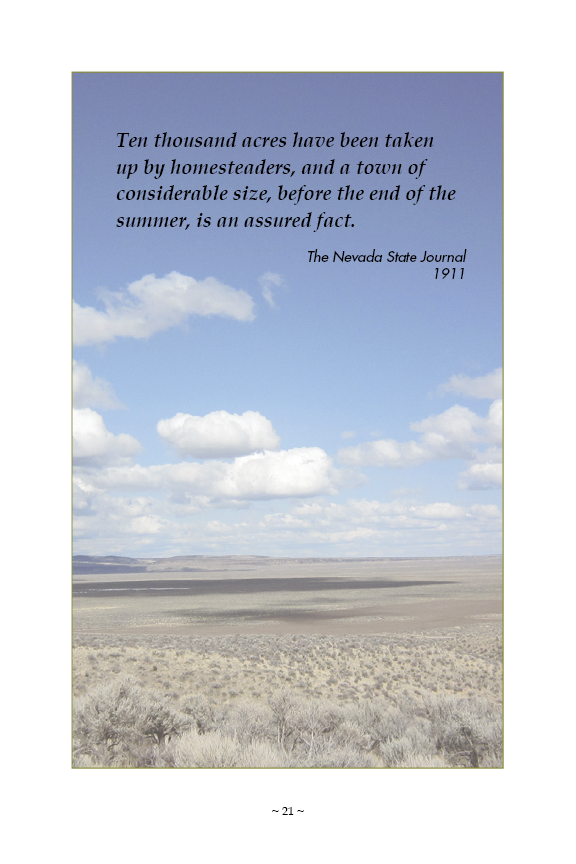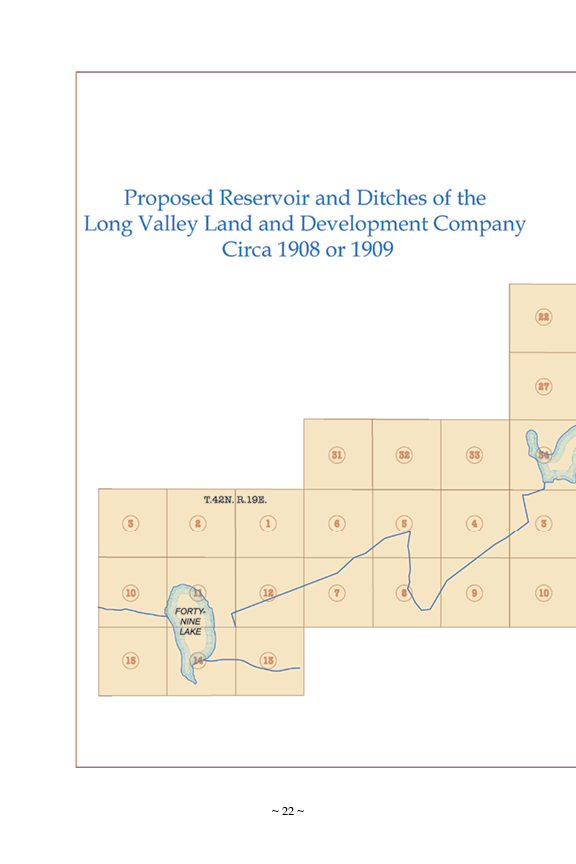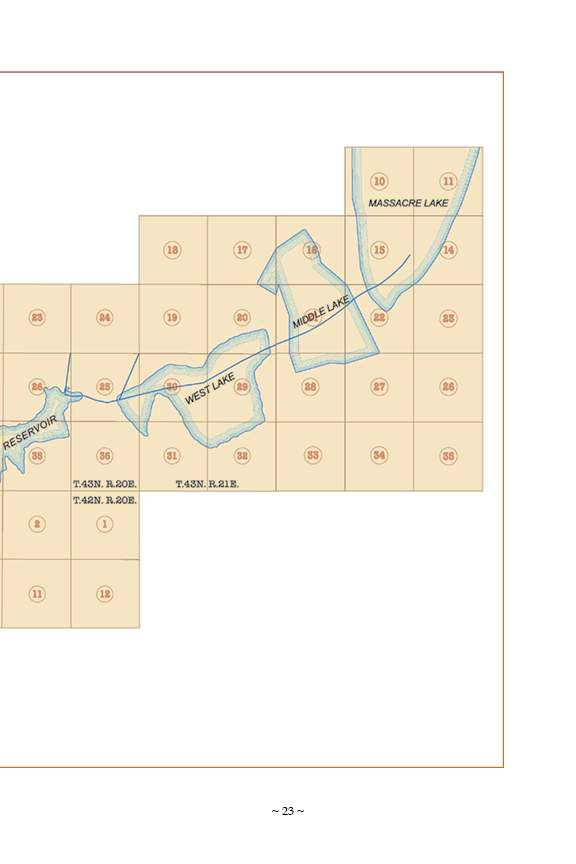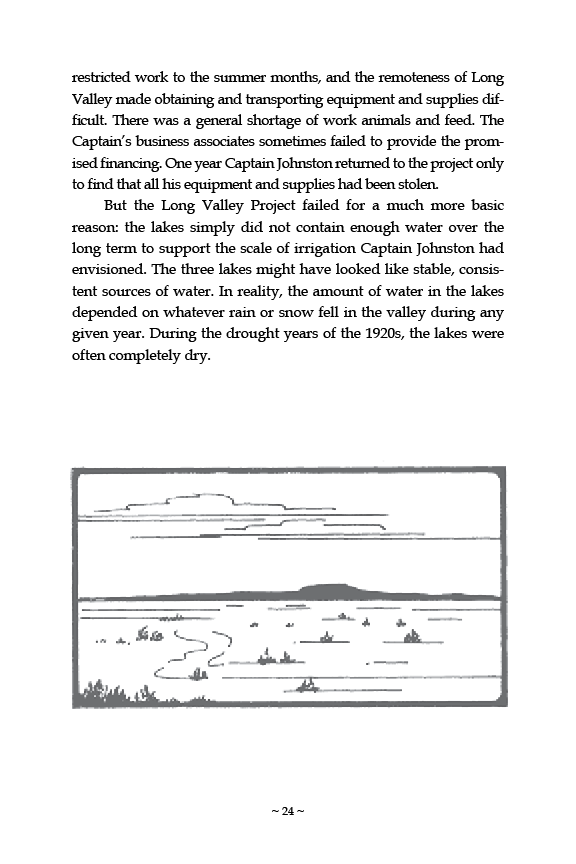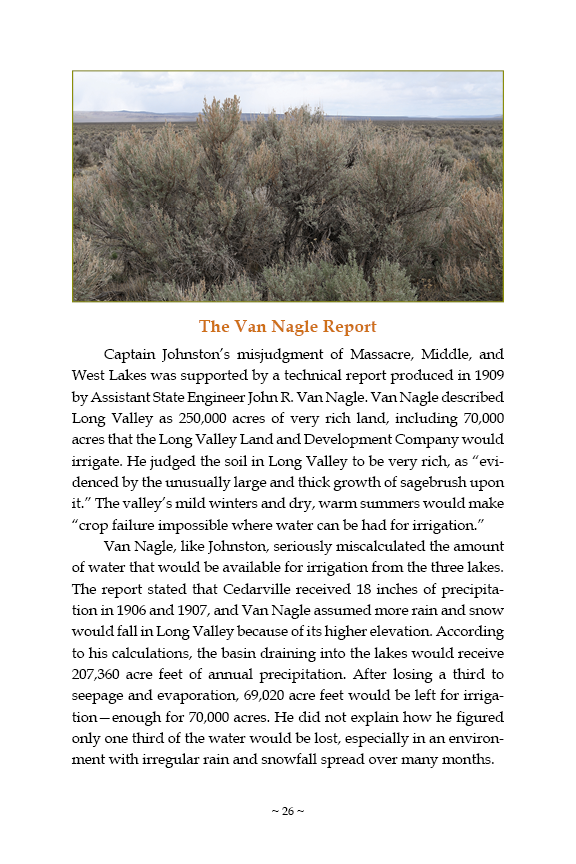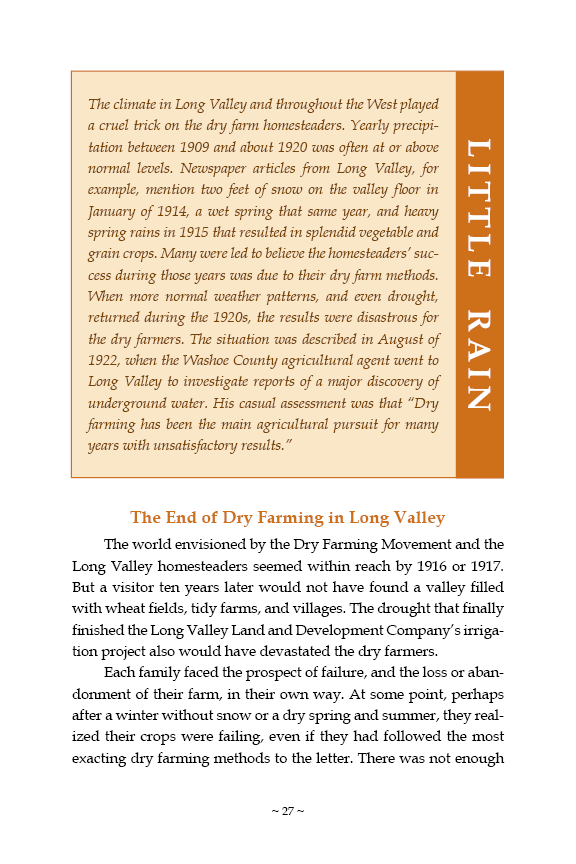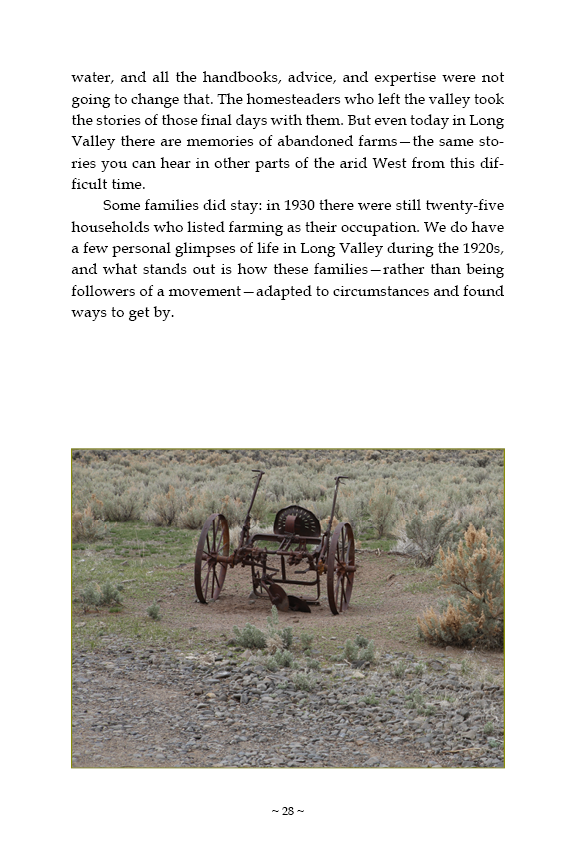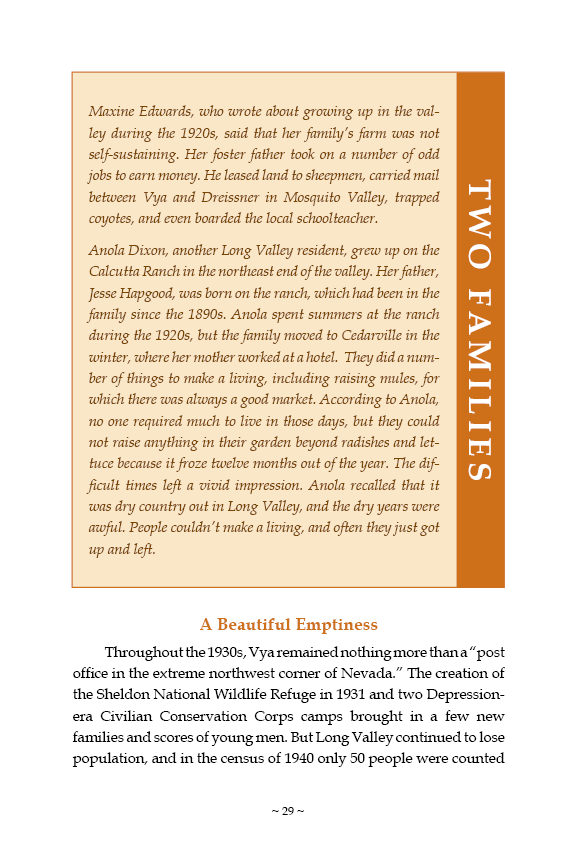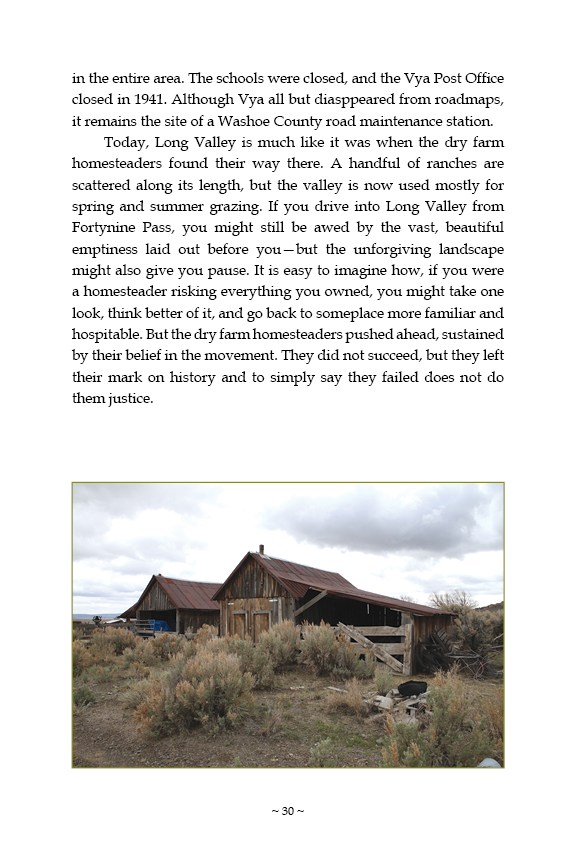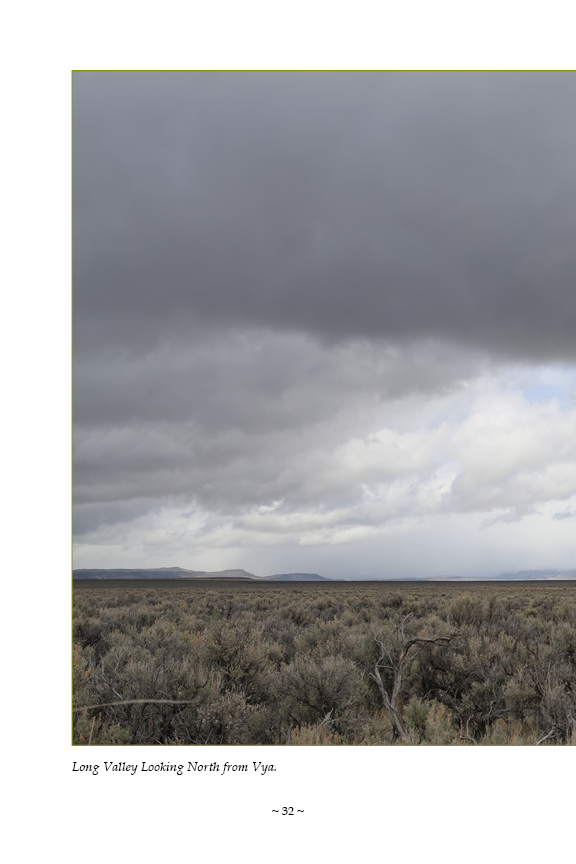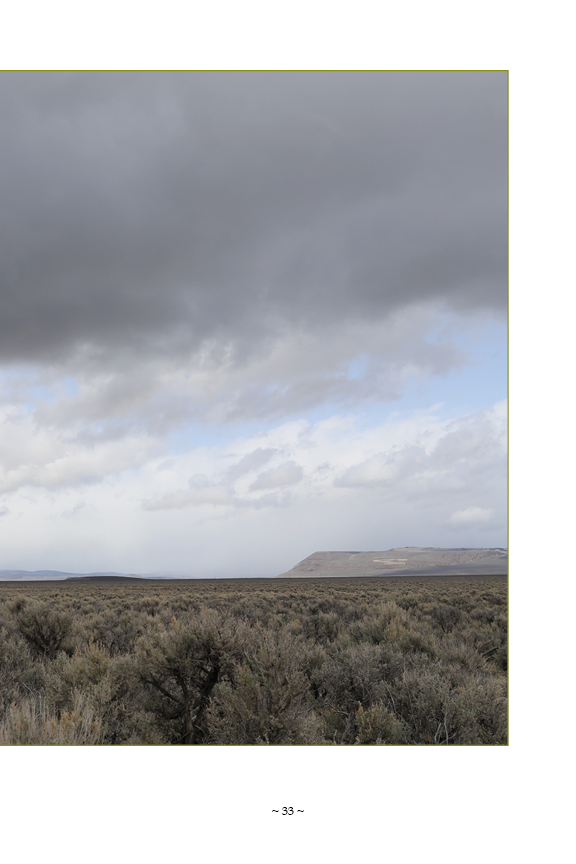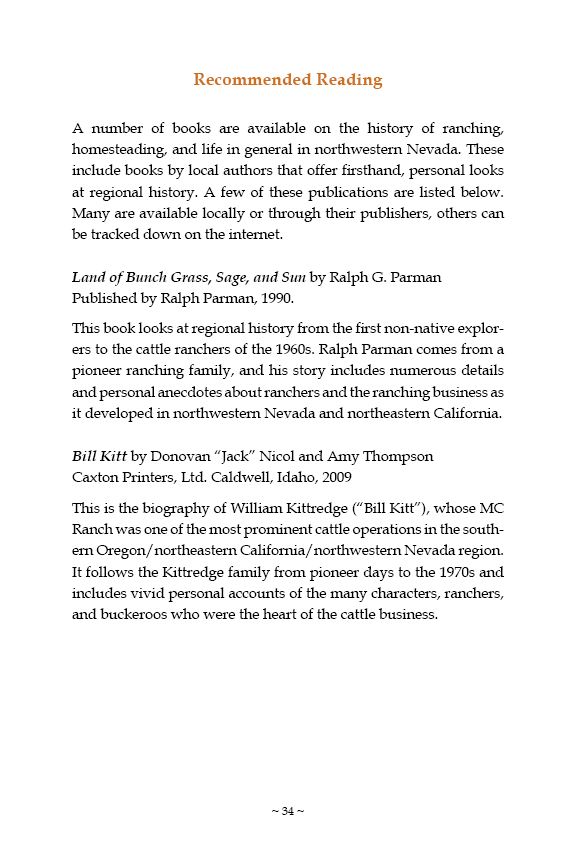We are pleased to announce a new Principal in the firm: Dr. Daron Duke.
Daron Duke has been with Far Western since 2003 and serves as the Director of Far Western’s Desert Branch in Henderson, Nevada. He has worked in the Great Basin and California for more than 20 years.






 Experimental archaeology is used to understand how artifacts were manufactured, used, and discarded. This study used replicated crescents to evaluate common hypotheses for their function and demystify their role in the prehistoric toolkit. Models from human behavioral ecology were applied to evaluate the efficiency of crescents to cut leather, scrape willow, and tip projectiles. Breaks accrued from use of the replicated crescents were compared to archaeological patterns. The hypothesis that the primary function of crescents is for cutting and slicing tasks and scraping plants is not supported; however, use as transverse projectile points is well-supported.
Experimental archaeology is used to understand how artifacts were manufactured, used, and discarded. This study used replicated crescents to evaluate common hypotheses for their function and demystify their role in the prehistoric toolkit. Models from human behavioral ecology were applied to evaluate the efficiency of crescents to cut leather, scrape willow, and tip projectiles. Breaks accrued from use of the replicated crescents were compared to archaeological patterns. The hypothesis that the primary function of crescents is for cutting and slicing tasks and scraping plants is not supported; however, use as transverse projectile points is well-supported.










